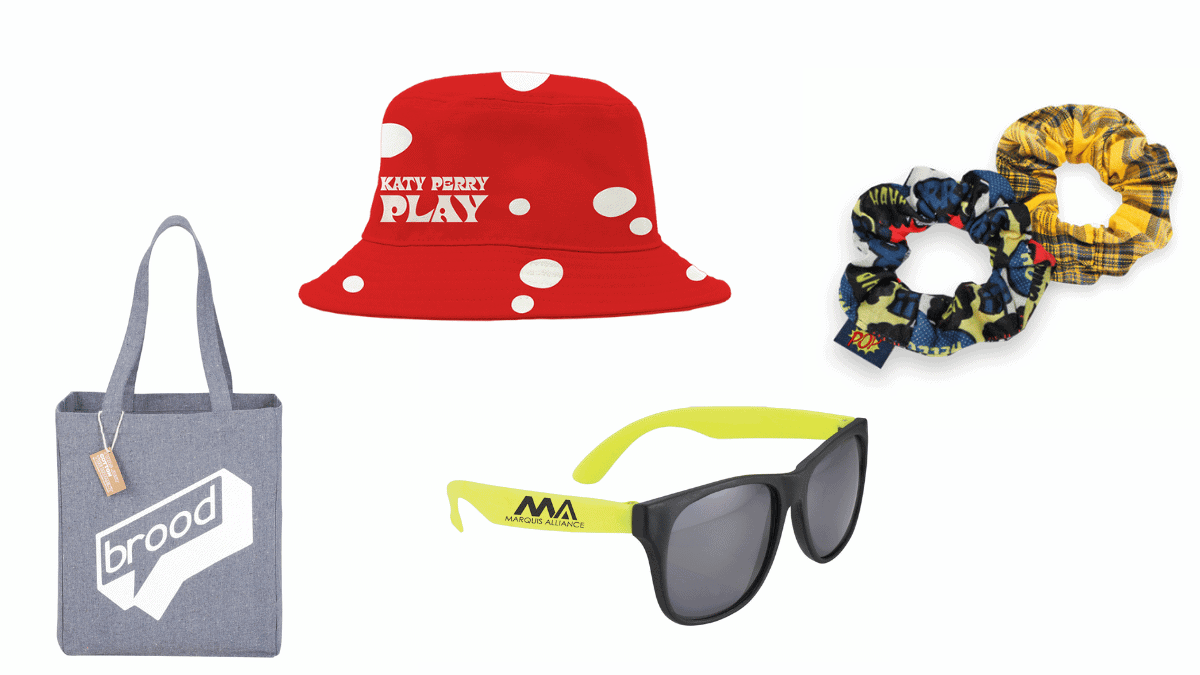Common Fabric Types Used in Branded Clothing and What They Mean
Common Fabric Types Used in Branded Clothing and What They Mean
Blog Article
Recognizing Clothes: The Importance of Fabric Selections in Your Closet
The selection of textile in garments plays a pivotal function in both appearances and performance. Various products offer differing degrees of breathability, resilience, and convenience, straight influencing the wearer's experience. Comprehending these subtleties can enhance one's closet significantly. Lots of forget how these choices can impact not simply personal design, yet additionally sustainability. What fabric decisions could redefine your wardrobe and straighten it with both style and obligation?
The Function of Material in vogue and Functionality

Typical Fabric Kinds and Their Characteristics
When picking apparel, comprehending the characteristics of common textile types is important for making informed choices. Cotton, a widely-used natural fiber, is understood for its breathability, versatility, and soft qualities, making it suitable for casual wear and day-to-day garments. Linen, one more natural option, flaunts outstanding moisture-wicking residential or commercial properties and an unique structure, suitable for warm climates.Wool, typically favored for its warmth and durability, varies in excellence; merino woollen is soft versus the skin, while coarser types are utilized for outerwear. Artificial textiles like polyester and nylon use durability and resistance to creases, making them prominent for activewear and traveling garments. Lastly, blends, which incorporate synthetic and natural fibers, can enhance capability while maintaining comfort. By acknowledging these material qualities, individuals can select clothes that aligns with their lifestyle and aesthetic preferences.
Breathability and Convenience: Picking the Right Fabrics for Various Climates
Selecting the best fabrics for various climates can considerably improve comfort and overall wearability. Breathable materials are essential in hot environments, as they allow air blood circulation and moisture evaporation. Fabrics such as cotton, linen, and moisture-wicking synthetics successfully draw sweat far from the body, keeping the user cool and completely dry. On the other hand, in cooler climates, thicker textiles like wool or fleece provide insulation while preserving breathability, ensuring heat without overheating.Additionally, the choice of textile weight plays a crucial role; light-weight fabrics are more suitable for summer season, whereas larger options are fit for winter wear. Comprehending the unique residential or commercial properties of each material enables people to clothe properly for differing weather. Inevitably, picking breathable and comfortable materials tailored to particular environments can significantly boost daily convenience and enhance the overall experience of putting on apparel.
Resilience and Treatment: Just How Fabric Affects Longevity of Your Wardrobe
Picking the best products can substantially influence the longevity and treatment needs of a closet. Fabrics such as cotton and polyester are recognized for their strength and simplicity of upkeep, making them ideal for everyday wear. On the other hand, delicate materials like silk and shoelace need even more mindful handling and specialized cleansing methods, which can enhance the moment and effort required for care. Branded Clothing.Durability is also affected by the textile's weave and finish; snugly woven fabrics have a tendency to resist deterioration better than loosely woven choices. Additionally, artificial blends commonly provide boosted longevity, combining the most effective top qualities of multiple fibers.Understanding the care guidelines for every textile is vital, as inappropriate washing or drying can cause early wear. Ultimately, selecting sturdy products can result in a longer-lasting wardrobe, lowering the frequency of substitutes and adding to a much more lasting fashion selection
The Effect of Material on Fit and Silhouette

Sustainable Fabric Choices: Making Eco-Friendly Choices
The effect of material prolongs past fit and shape to include environmental aspects, triggering an expanding interest in sustainable material options. Eco-friendly textiles, such as natural cotton, hemp, and Tencel, are obtaining traction amongst consumers who focus on sustainability in their wardrobes. These products are typically produced with fewer chemicals and water, minimizing their eco-friendly footprint.Additionally, recycled fabrics, made from post-consumer waste, supply a cutting-edge solution to the textile industry's air pollution issue. Brands progressively accept openness in their sourcing techniques, allowing consumers to make enlightened decisions regarding their purchases.Choosing sustainable textiles not only supports ethical methods however additionally motivates the garment industry to adopt more responsible production methods. As recognition of ecological problems climbs, individuals are urged to assess the long-term effect of their fabric selections, promoting a movement in the direction of a more environmentally conscious and sustainable method to fashion.
Elevating Style: How Textile Can Change a Clothing
While many might focus on color and cut when selecting an outfit, the choice of textile plays an important duty in raising design and improving general look. Various materials convey unique moods and messages; for instance, silk shows deluxe and elegance, while jeans provides a casual, kicked back vibe. The texture and drape of a fabric can considerably alter the shape, with structured fabrics providing a refined appearance and softer ones creating an extra fluid, unwinded aesthetic.Moreover, the weight of the material influences wearability across seasons. Light-weight textiles like bed linen and cotton are click to read more excellent for summer, while larger materials such as woollen and velour supply heat and elegance in colder months. Recognizing material properties, such as breathability and stretch, also empowers individuals to make educated choices that boost look at this site convenience without endangering design. Inevitably, the ideal material can change a clothing from ordinary to extraordinary, making it a crucial consideration in any closet.
Frequently Asked Questions
How Do I Determine the Fabric Web Content of My Clothing?
To identify material material, one can analyze care tags, conduct burn tests for fiber recognition, or seek advice from textile swatches. These approaches help differentiate materials, guaranteeing informed choices for apparel care and upkeep in daily wear.
Can Textile Option Affect My State Of Mind or Confidence?
Material choice can substantially affect an individual's mood and confidence. Branded Clothing. Certain products may evoke sensations of comfort or elegance, while others can feel restrictive or uncomplimentary, eventually affecting self-perception and psychological well-being throughout the day
What Fabrics Are Finest for Sensitive Skin?
For people with sensitive skin, natural textiles like bed linen, bamboo, and cotton are frequently suggested. These products are breathable, hypoallergenic, and less likely to create irritation, making them ideal selections for comfort and skin health and wellness.
How Do I Properly Clean and Care for Various Fabrics?
To correctly care and wash for various materials, one must consider each material's details requirements, consisting of temperature level settings, cleaning agents, and drying out techniques, making certain longevity and preserving the material's original high qualities for ideal usage.
Exist Specific Fabrics for Athletic or Efficiency Put On?
Sports or efficiency wear often makes use of fabrics such as polyester, nylon, and spandex. These products are developed for moisture-wicking, breathability, and adaptability, enhancing motion and comfort during exercises while offering durability and assistance. Alternatively, in cooler environments, thicker materials like wool or fleece offer insulation while keeping breathability, ensuring warmth without overheating.Additionally, the selection of textile weight plays an essential function; light-weight textiles are more suitable for summer, whereas much heavier choices are fit for winter season wear. In contrast, delicate materials like silk and lace require more cautious handling and specialized cleaning approaches, which can boost the time and effort required for care.Durability is likewise affected by the fabric's weave and coating; tightly woven textiles have a tendency to withstand wear and tear better than freely woven choices. In comparison, inflexible fabrics can limit activity but provide a timeless, sleek look.Moreover, the density and structure of the material can influence the visual sites understanding of body shape. The impact of textile prolongs beyond fit and silhouette to incorporate environmental factors, motivating a growing passion in lasting material selections. The texture and drape of a fabric can significantly alter the silhouette, with organized fabrics offering a refined appearance and softer ones producing an extra fluid, relaxed aesthetic.Moreover, the weight of the textile influences wearability throughout seasons.
Report this page